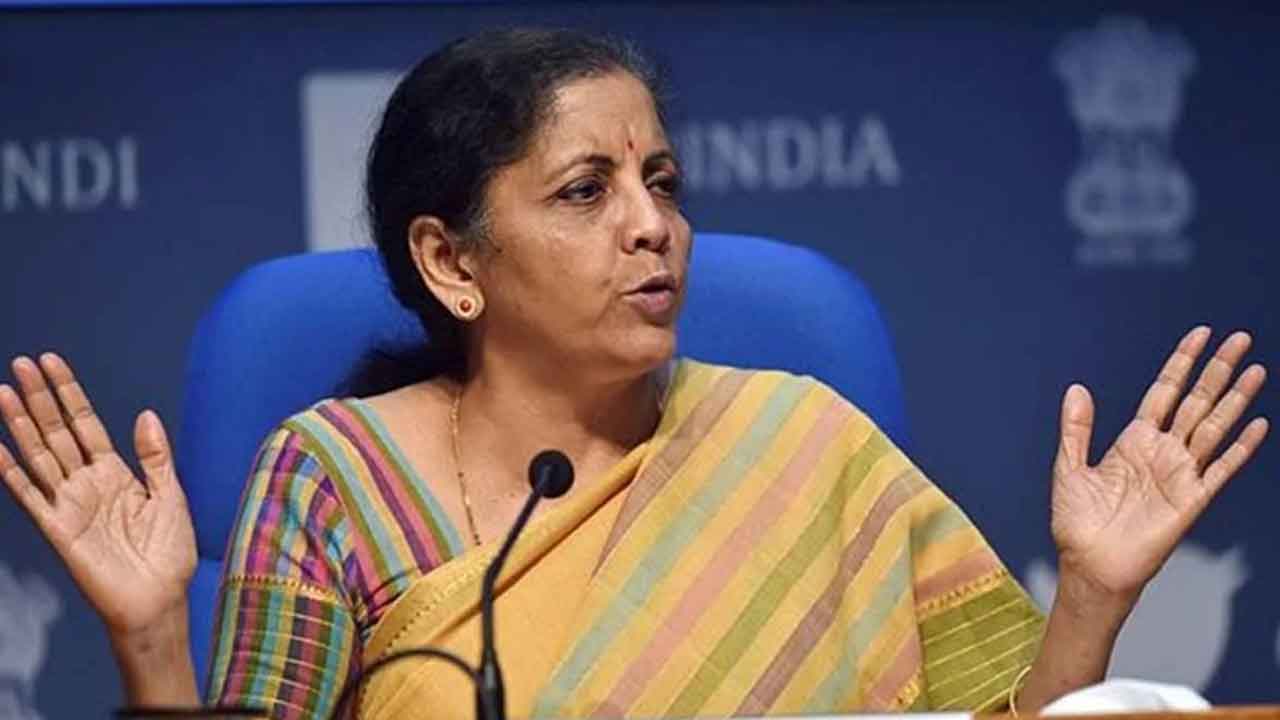“Aatma Nirbhar” Package Shows Just 16% Cost Of The Face Value Amount To Government In Form Of Subsidy Or Cashflow: “Just Rs 3,20,902 Crore”
New Delhi: Almost 84 per cent of the Rs 20 lakh crore economic Aatma Nirbhar Bharat package, announced by Prime Minister Narendra Modi on May 12 and rolled out by the Finance Minister Nirmala Sitharaman over the next five days, has been in the form of loans and other liquidity measures — effectively implying no cost or cash outflow to the exchequer.
A break up of the package compiled from the press release on May 13 and 14 reveals that Rs 16,60,050 crore were in the form of loan and other liquidity measures. This means that the actual Cost to Government in the Aatma Nirbhar package in the form of subsidy or cash outflow is just Rs 3,20,902 crore (16 per cent of the total package).
The government pushed some major reforms in agriculture and public sector enterprises but also re-packaged some of the old measures. These included reforms in civil aviation which were largely covered in a meeting convened by the Prime Minister on May 1. The plans to make India a hub for aircraft MRO were announced in the budget for 2019-20.
VGF (Viability Gap Funding) for social infrastructure to get private investors on board was already a part of the 2020-21 Budget. Similarly, the ranking of industrial parks along with mapping the land banks on Industrial Information System (IIS) was an old proposal from 2013.
The maximum chunk of the government cash outflow has been through the PM Garib Kalyan Package — Rs 1,70,000 crore. This basically includes 5 kg wheat or rice and 1 kg pulse every month for three months (April-June) and Rs 500 to the Jan Dhan Account of around 80 crore poor in the country.
Another major share of Rs 17,400 crore went as an advance payout of Rs 2,000 to approximately 8.69 crore farmers in the beginning of April under the PM-Kisan scheme. In addition, an emergency working capital fund of Rs 30,000 crore for the small and marginal farmers (through NABARD) was announced by the Finance Minister in the second tranche of stimulus measures.
‘One nation one ration card’ was also introduced to allow migrant workers to buy ration from any depot in the country. States were allowed to fund the food and shelter facilities to migrant workers from the disaster response fund that would cost Rs 11,000 crore to the Centre. In total, support to the migrant workers cost the government Rs 14,502 crore. A special credit facility of Rs 5,000 crore was announced to support around 50 lakh street vendors who would have access to an initial Rs 10,000 working capital.
An amount of Rs 6,000 crore was also approved under the Compensatory Afforestation Fund Management and Planning Authority (CAMPA) to help generate employment for tribals and adivasis in the areas of afforestation and regeneration activities in urban, semi-urban and rural areas.
In a boost to the real estate sector, the Credit-Linked Subsidy Scheme (CLSS) was extended by a year till March 31, 2021. This was a big move for the middle-class (people with annual incomes between 6 lakh-18 lakh) as they can now take an interest subsidy of Rs 2.3 to 2.35 lakh from the central government. This cost the government Rs 70,000 crore.
Cumulatively, the Cost to Government in terms of cash or subsidy provided to the people adds up to Rs 3,12,902 crore. The government also decided to pay the Employee Provident Fund (EPF) of both employer and employees for businesses having less than 100 workers and whose 90 per cent of employees are earning less than Rs 15,000 per month, adding an additional cost of Rs 2,500 crore to the Centre. This will provide liquidity relief to 3.67 lakh establishments and 72.22 lakh employees.
A support of Rs 4,000 crore to Credit Guarantee Trust Fund for Micro and Small Enterprises and a Rs 1,500 crore interest grant for small businesses on small loans under the MUDRA-Shishu scheme for a period of 12 months takes the total Cost to Government (cash or subsidy) to Rs 3,20,902 crore.
The biggest liquidity measure was the Rs 3 lakh crore collateral-free loans for the MSMEs. According to this scheme, the government will offer full credit guarantee for the loan amount to banks in the event of these loans turning bad. MSMEs contribute around 28 percent of India’s GDP, creating employment for close to 11 crore people. This measure will benefit 45 lakh units, allowing them to resume activity and safeguard jobs. 2.25 lakh crore was also allocated for farmers through the Kisan Credit Loan — the main objective being providing loan to farmers at a low rate of interest.
The following are the observations from the analysis of the package:
• The primary focus of the package is to mobilise banking credit to MSMEs, agriculture and low cost housing sector. This is a positive move given the rising excess liquidity with the banks (this is because of weak demand prior and during the crisis, and rising Non Performing Assets). This has been done by providing collateral guarantees and interest subsidies. However, these measures may lead to a higher risk profile of the credit portfolios held by banks.
• Measures have been taken to alleviate distress in the most vulnerable sections of the economy which include street vendors and farmers. The measures include provisions of rations, increase outlay to MNREGA and direct cash transfers.
• There has been a general push towards allowing a greater role to the private sector.
• There has been an increase in outlay to the health sector which, though overdue, is welcome.
• What is rather unusual is that the fiscal package included measures for monetary easing which typically is the role of the RBI.
• Measures have been taken to revitalise the rural economy.


